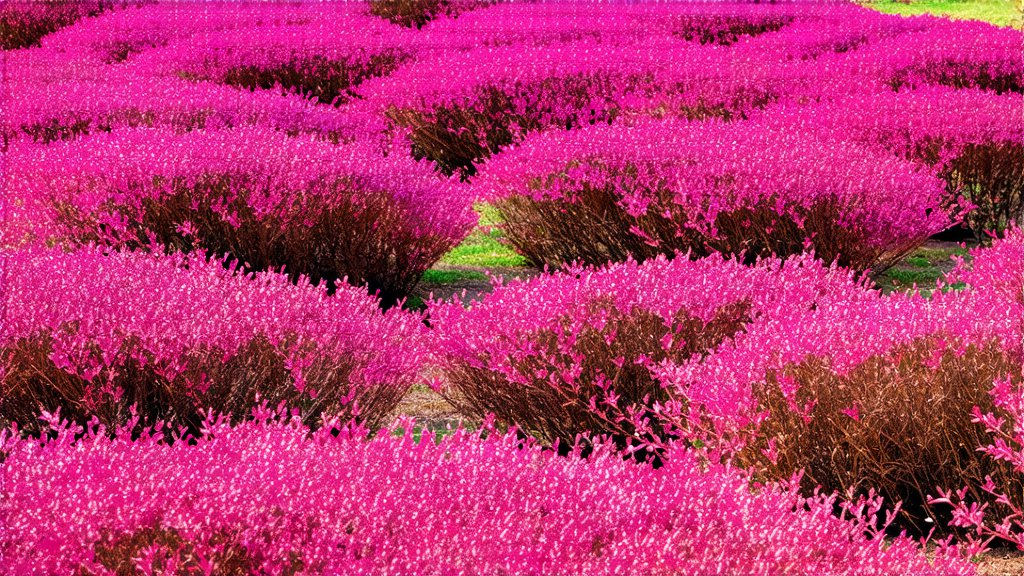
Bai Mu Dan, also known as White Peony, is a delicate and highly revered variety within the realm of Chinese white tea. This article aims to unravel the mystique surrounding Bai Mu Dan, guiding international readers through its history, varieties, production techniques, and the art of tasting.
History of Bai Mu Dan
The history of Bai Mu Dan is deeply intertwined with the broader narrative of Chinese white tea, which dates back to the Tang Dynasty (618-907 AD). However, Bai Mu Dan as we know it today was first produced in the early 1790s in the Fujian province of China. The name "Bai Mu Dan" translates to "White Peony," a nod to the tea's resemblance to the delicate white peony flower, with its silvery-white leaves and downy buds.
Varieties of Bai Mu Dan
Bai Mu Dan is categorized into two main types based on the size and grade of the leaves:
-
Grade A Bai Mu Dan: This variety consists of larger, more mature leaves and buds. The leaves are silvery-green with a slight downy appearance, resembling the petals of a peony flower. The buds are plump and covered in fine white hairs, which are a characteristic feature of high-quality white teas.
-
Grade B Bai Mu Dan: This grade is made up of smaller leaves and buds, with a more prominent green color. The leaves are still covered in white hairs, but they are less abundant compared to Grade A.
Processing Techniques
The processing of Bai Mu Dan is a testament to the minimalist approach that characterizes white tea production. The steps are as follows:
-
Picking: Only the top two leaves and the bud are handpicked, ensuring the highest quality and tenderness.
-
Withering: The freshly picked leaves are spread out in the sun or in a well-ventilated area to wither. This process reduces the moisture content and initiates the natural oxidation process.
-
Drying: After withering, the leaves are gently dried, traditionally using charcoal or wood fires. This step stops the oxidation process and preserves the tea's natural aroma and flavor.
-
Sorting: The dried leaves are then sorted by size and quality, ensuring that each grade of Bai Mu Dan meets the highest standards.
Tasting Bai Mu Dan
Tasting Bai Mu Dan is an experience that engages all the senses. Here's how to properly appreciate this exquisite tea:
-
Preparation: Use high-quality water that has been brought to a gentle boil. The water temperature should be around 185°F (85°C) to 194°F (90°C) to avoid scalding the delicate leaves.
-
Steeping: Place about 5 grams of Bai Mu Dan leaves in a teapot or a tea infuser. Pour the hot water over the leaves and let them steep for 2-3 minutes for the first infusion.
-
Aroma: Before tasting, take a moment to appreciate the aroma. Bai Mu Dan is known for its sweet, floral, and slightly fruity scent, with hints of fresh hay and melon.
-
Tasting: The liquor of Bai Mu Dan is pale yellow to golden in color. It has a light, smooth body with a subtle sweetness and a refreshing aftertaste. The flavor profile includes notes of green vegetables, melon, and a hint of creaminess.
-
Multiple Infusions: Bai Mu Dan can be infused multiple times, with each infusion revealing different nuances in flavor and aroma. The leaves should be allowed to steep for a slightly longer duration with each subsequent infusion.
Health Benefits
Bai Mu Dan is not only a delight for the palate but also offers numerous health benefits. Rich in antioxidants, it helps to combat free radicals and supports the immune system. The tea is also known to have anti-inflammatory properties and can aid in digestion. Its low caffeine content makes it a calming choice for those sensitive to caffeine.
Conclusion
Bai Mu Dan is a testament to the subtle beauty and depth of Chinese white tea. Its history, production, and tasting experience offer a window into the rich tapestry of Chinese tea culture. For those who appreciate the art of tea, Bai Mu Dan is a journey worth embarking on, with each sip revealing a new layer of complexity and refinement.